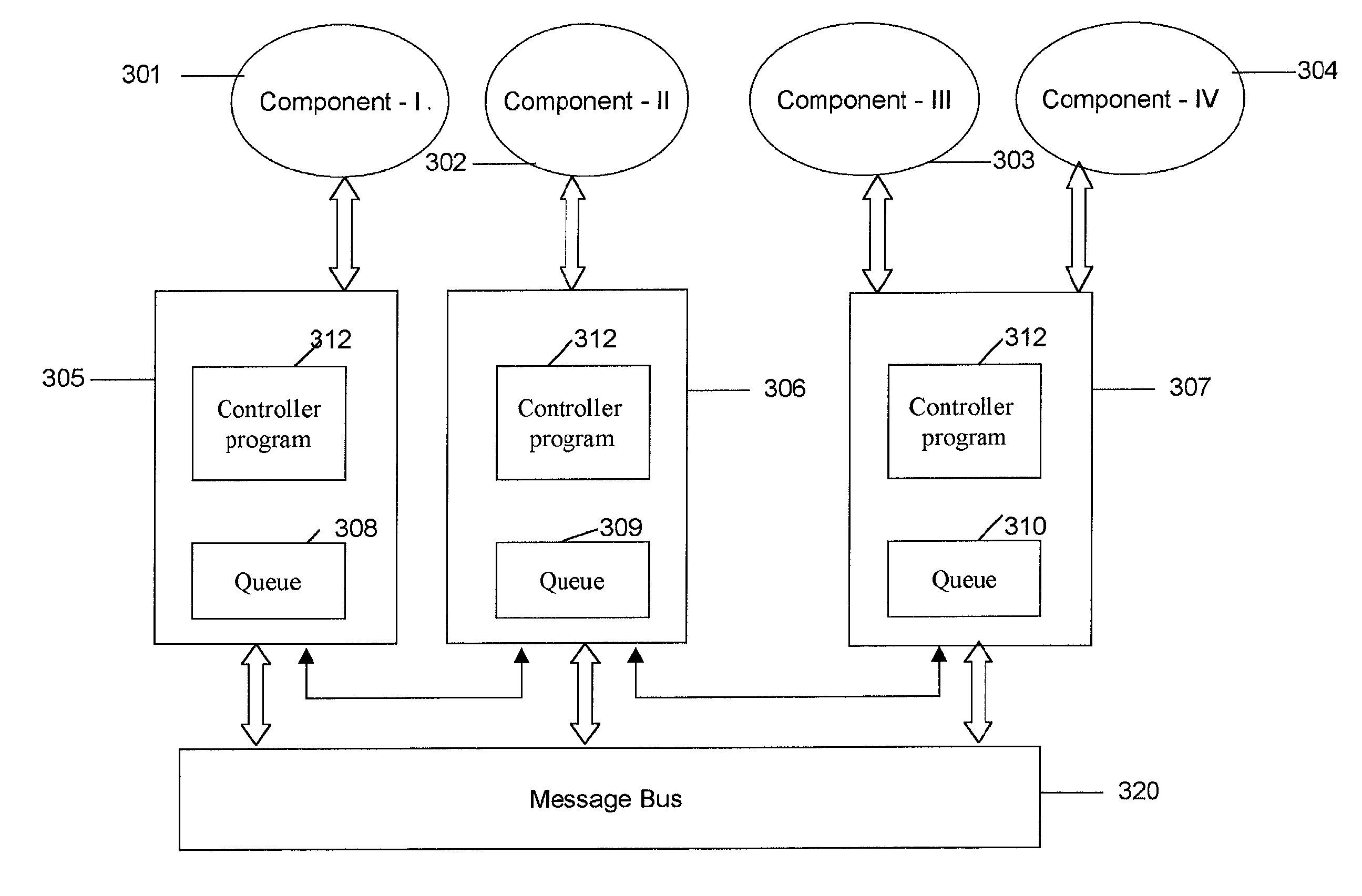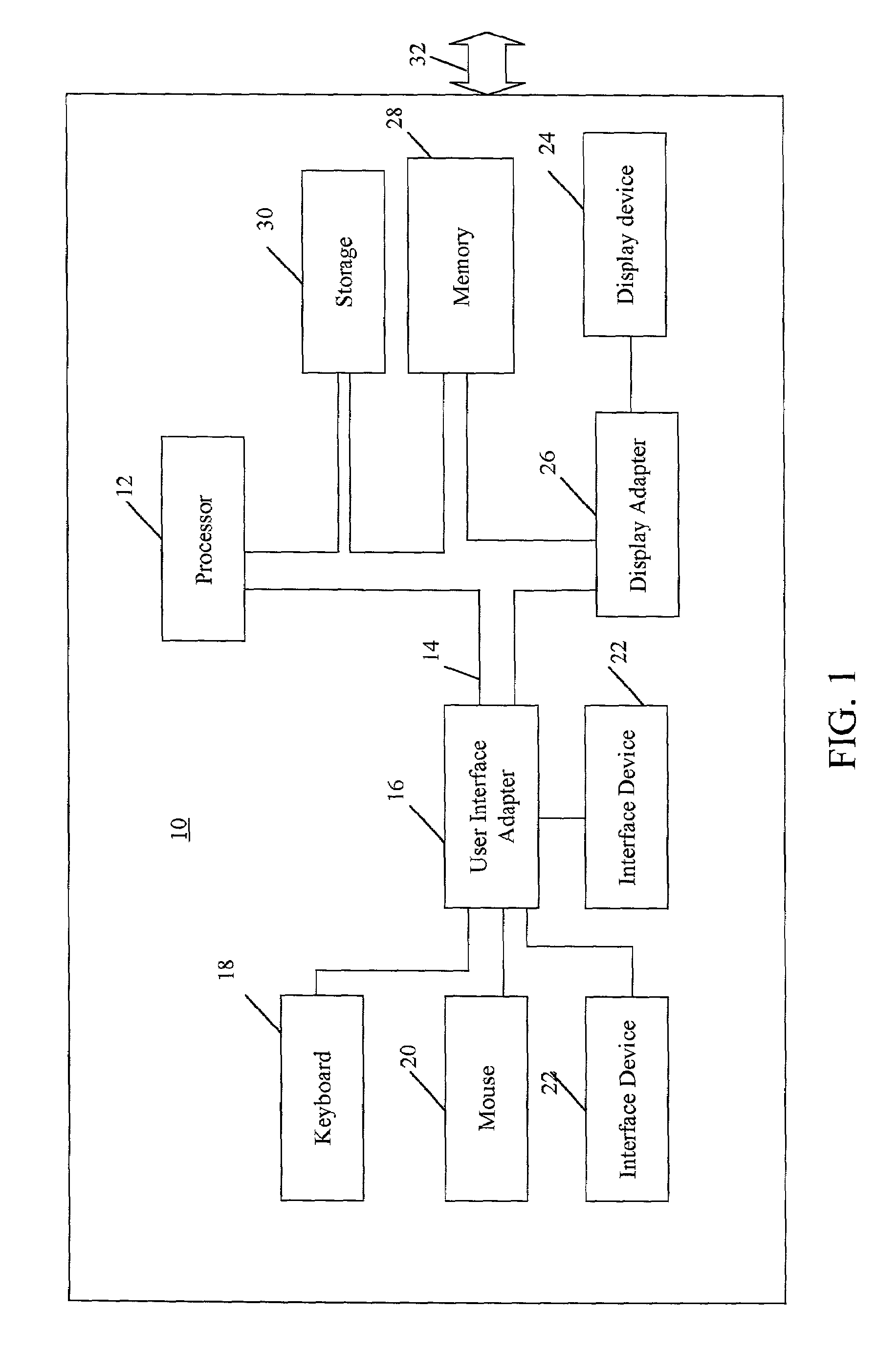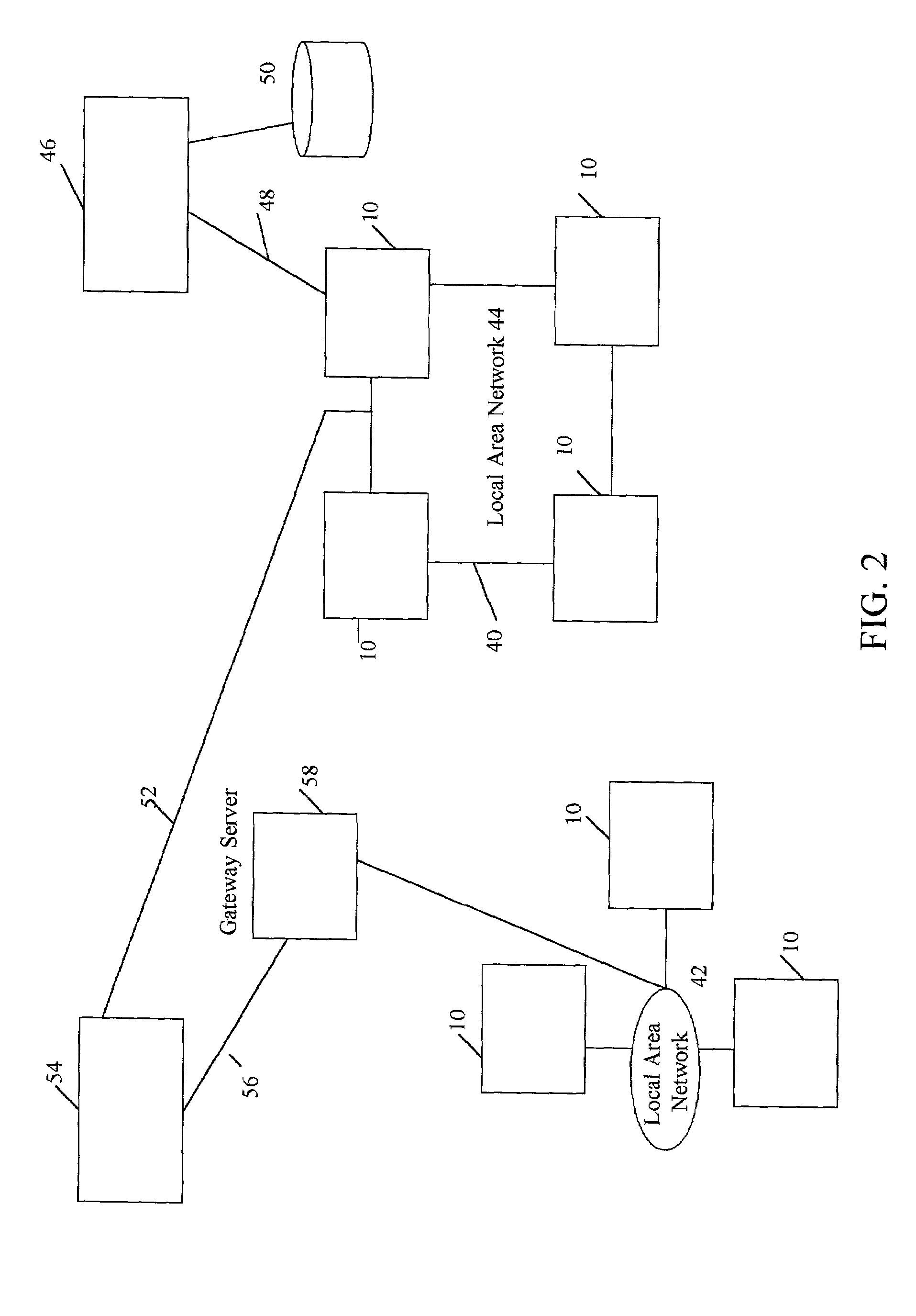System and methodology for developing, integrating and monitoring computer applications and programs
a computer application and program technology, applied in the field of distributed computing, can solve the problems of inflexible integrated application, tedious process, and large integration problems, and achieve the effect of facilitating the composing of a distributed application
- Summary
- Abstract
- Description
- Claims
- Application Information
AI Technical Summary
Benefits of technology
Problems solved by technology
Method used
Image
Examples
Embodiment Construction
[0048]The present invention is a method, system and computer program product for developing and monitoring distributed applications, integrating component programs, integrating enterprise applications and change management. The present invention provides for separation of the tasks of computation, communication, deployment and monitoring in terms of time, space and people involved, for the purpose of developing distributed applications. The present invention provides a Services Operating Platform (SOP) for developing distributed applications from component programs that represent a variety of services.
[0049]FIG. 1 illustrates a representative computing node's hardware environment in which the present invention may be practiced. The environment of FIG. 1 comprises a representative computing node 10, such as a personal computer, including related peripheral devices. The computing node 10 includes a microprocessor 12 and a bus 14 employed to connect and enable communication between the...
PUM
 Login to View More
Login to View More Abstract
Description
Claims
Application Information
 Login to View More
Login to View More - R&D
- Intellectual Property
- Life Sciences
- Materials
- Tech Scout
- Unparalleled Data Quality
- Higher Quality Content
- 60% Fewer Hallucinations
Browse by: Latest US Patents, China's latest patents, Technical Efficacy Thesaurus, Application Domain, Technology Topic, Popular Technical Reports.
© 2025 PatSnap. All rights reserved.Legal|Privacy policy|Modern Slavery Act Transparency Statement|Sitemap|About US| Contact US: help@patsnap.com



